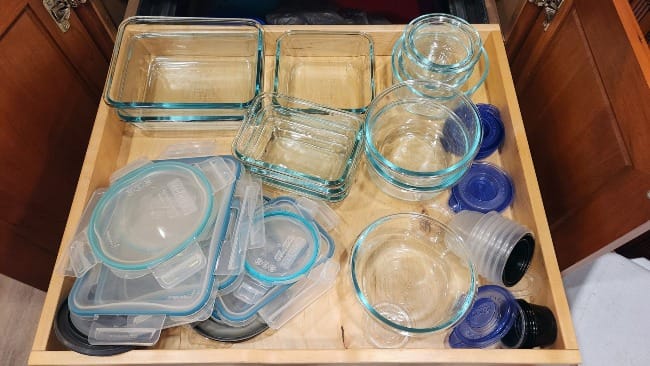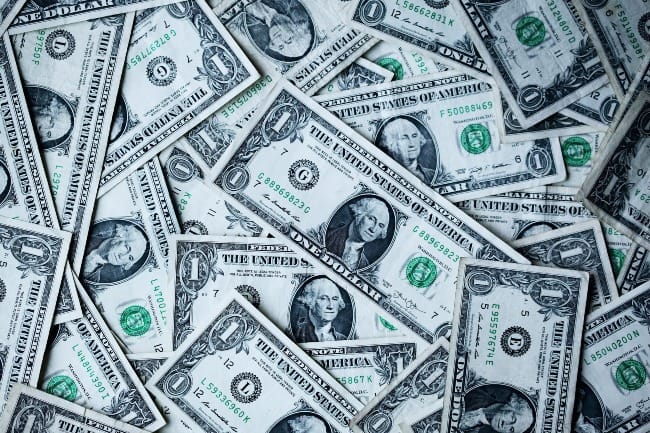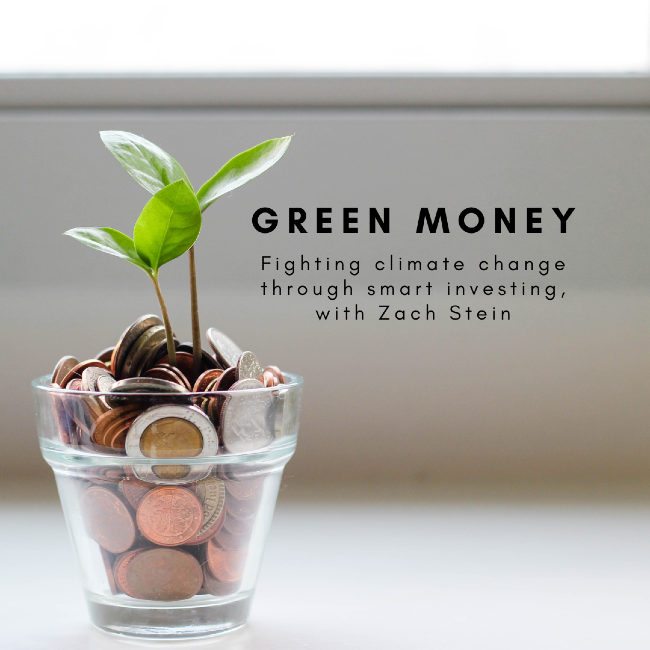Today, we're excited to share a post from Abigail Welborn, who is an Ecological Disciple subscriber, writer, and supporter of Circlewood. In this first post of several from Abigail, she shares some ways that she started greening her life in the hopes that it might inspire you to start greening your own life!
The problems of climate change and plastic pollution are so big, it can feel like nothing I do makes a difference. On the flip side, because the problems are so big, every little bit helps! Every step that I take has multiple benefits:
- I stop contributing that bit to that problem.
- I help reduce the global demand for unsustainable products and behaviors.
- I prove to myself that small steps are achievable, so that I can find another.
- I learn what works and what doesn’t, so that I can tell others.
My family moved from the Seattle, WA area to the Jacksonville, FL area in 2021 so that we could be closer to my in-laws. We had some money left from selling our house, and we wanted to use it in a planet-friendly way. This is the first in a series of posts about tips based on my experience when we had the opportunity to take bigger steps to green our lives.

Start At Home
I had first looked for ways to make my home more sustainable when I watched “The Story of Stuff” (on YouTube). It’s 20 minutes well spent—I was shocked to realize how much “stuff” I buy is designed to be thrown away! You can also read about the problem, including how little plastic is actually recycled. When I began to pay attention to all the plastic I threw away, I was motivated to try reusing as much as possible: cloth grocery bags, glass food storage containers, and hand soap refills instead of new dispensers.
Many resources are available to help you take small steps toward a sustainable future. Check out Consumer Reports, Plastic-Free July, NOAA, National Geographic, and the UN, or even tips from other readers of this blog!

Start Planning for Big-Ticket Items
Most green changes save money in the long run, but their up-front cost can be prohibitively high. That’s why you might not be in a financial position to “go big” yet, but if you know what options are out there (such as the ones you’ll read about from me), you can start thinking about what you want. The bigger the expense, the more you’ll probably need to consider cost versus benefit, so I’ll give you real numbers from our situation as a reference point.
While all greening is good, a bigger step can, as is often the case, make a bigger difference. For example, replacing incandescent light bulbs with LED could save 40 pounds of carbon dioxide a year, while replacing your gas car with an electric vehicle can save 5 tons a year!
Once you’ve made some small changes, pick a big one that sounds attractive and add a line item into your budget for savings. Then you’ll be ready when the time comes that a big-ticket item makes sense for your situation.

Start Investing
Green investing is a great place to start, because it can be as big or as small as you want and you can ramp it up over time. It has huge potential benefits for you and the planet, though you may want to consider some possible philosophical drawbacks.
Like all investing, the shorter your time horizon is before you need the money, the more conservative option (lower risk, lower return) you'll probably choose. Happily, you have a growing number of green options that aren’t strictly high-risk stock funds.
The number to look out for in a fund or ETF is its expense ratio. You want the lowest number, since your returns are reduced by that amount. As an example, Vanguard and Fidelity offer index ETFs with expense ratios as low as 0.03%. Actively managed funds and ETFs tend to have higher ratios because they have to pay their managers.
Climate-focused funds tend to have higher fees than completely passive ones because companies’ climate performance must be continually monitored. For me, this was a worthwhile tradeoff, but you still want to find the lowest expenses. Some funds were close to 0.8%, which looks small but is eight times higher than passive index funds.
While we were researching our options, we discovered Carbon Collective, which offers portfolios that divest from the fossil fuel industry and invest in sustainable solutions. For comparison, their ETF’s expense ratio is 0.35%. Check out this episode of the Earthkeepers podcast, which talks more about green investing with the founder of CC!

So far, we’ve only put taxable investments into CC, but I’m looking at rolling over my old 401(k) as well. Whether you invest a whole IRA or simply add climate-friendly funds to your portfolio, you can make a world of difference.
My Next Column
When many people take small steps, we make big change when combined. Next, I’ll be writing posts about home appliances, HVAC systems, electric vehicles, and rooftop solar.


Abigail Welborn